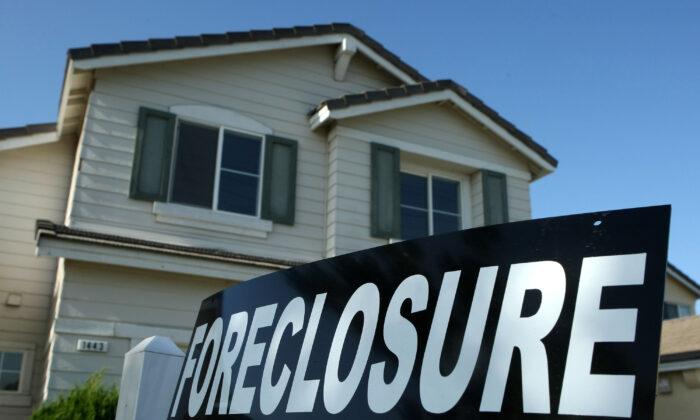The number of borrowers in a state of delinquency from not making their mortgage payments on time in the U.S. declined five basis points from April at 2.80 percent to 2.75 percent in May, continuing the downward trend since March, with another new low.
Delinquencies tend to decline in March, with an average decrease of 10 percent over the past 20 years, but March’s 15.5 percent drop beat the previous record set in January 2020 prior to the pandemic.
Delinquent Loans
According to the report, the percent of delinquent loans in May decreased by 1.9 percent compared to April, with a decline of 42 percent year-over-year.Early-stage delinquencies, meaning borrowers who have missed a single mortgage payment rose slightly higher with a 0.2 percent increase month over month in May.
Serious delinquencies saw strong improvement in May, with a drop of 7 percent from April, but the number of Americans with loans at 90 or more days past due, but not yet in foreclosure remains 45 percent above pre-pandemic levels.
Foreclosure starts dropped 12 percent in May from April, despite a jump in serious delinquency levels, and are holding well below pre-pandemic levels, while active foreclosures edged slightly higher.
Prepayment activity last month fell by 11.1 percent from April and is now down 59.1 percent year over year on sharply higher interest rates.
The percent of loans in the foreclosure process slightly increased in May to 0.50 percent, from 0.46 percent in April, mainly due to foreclosure moratoriums slowing down the rate of defaults.
The amount of delinquent properties not in foreclosure, is down 1,050,000 properties since 2021, with the number of properties in the foreclosure process up by 26,000 properties year-over-year.
“Most borrowers exiting forbearance are moving into either a loan modification, payment deferral, or a combination of the two workout options,” said Marina Walsh, vice president of industry analysis at the MBA.
At the end of May, 425,000 homeowners were in forbearance plans.
Walsh said that the Federal Reserve’s decision to rapidly increase in interest rates for all loans, “complicates post-forbearance workout options and puts additional pressure on borrowers in existing post-forbearance workouts.”





